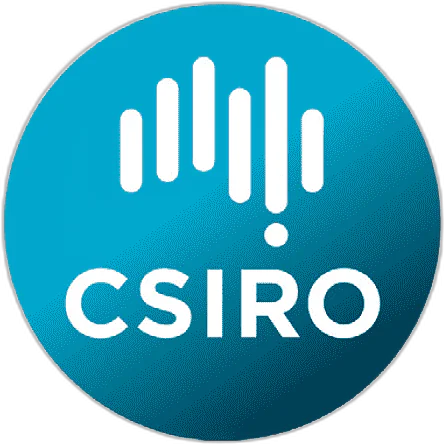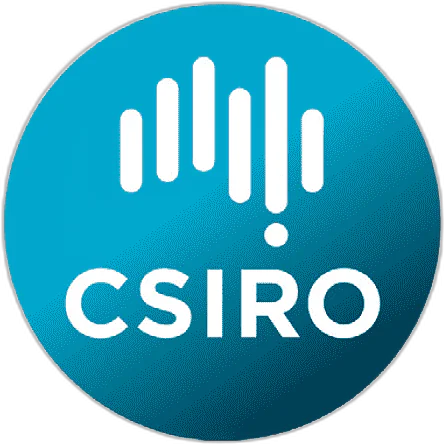An Ultra-Sensitive Molecularly Imprinted Poly(Aniline) Based Electrochemical Sensor for the Determination of Bisphenol A in Synthetic Human Serum Specimen and Plastic Bottled Water Samples
We explain the development of an ultra-sensitive molecularly imprinted polymer-based electrochemical sensor for rapid and selective determination of bisphenol A (BPA) in human serum and water samples. Electropolymerization of functional monomer aniline was performed in the presence of BPA by cyclic voltammetry (CV) to prepare a molecularly imprinted poly(aniline) based GCE sensor (MIP(ANI)/GCE). The developed MIP surface was characterized using Fourier-transform infrared spectroscopy, Raman spectrometry, scanning electron microscopy, contact angle measurements, CV, and electrochemical impedance spectroscopy. The MIP(ANI)/GCE sensor showed a highly sensitive performance with a linear range of 1.0 and 8.0 × 10−15 M. The limit of detection (LOD) and limit of quantification (LOQ) values were 0.193 and 0.643 fM, respectively. The applicability of the MIP(ANI)/GCE was assessed by applying it to human serum and plastic bottled water samples. The LOD and LOQ values were calculated as 0.257 and 0.856 fM for the serum sample. Imprinting factor and interference studies were also carried out using similarly structured compounds and the most common interfering agents showing the selectivity of the MIP(ANI)/GCE sensor. Finally, the non-imprinted polymer (NIP)-based sensor was prepared to control the MIP(ANI)/GCE performance.
 ,
,













